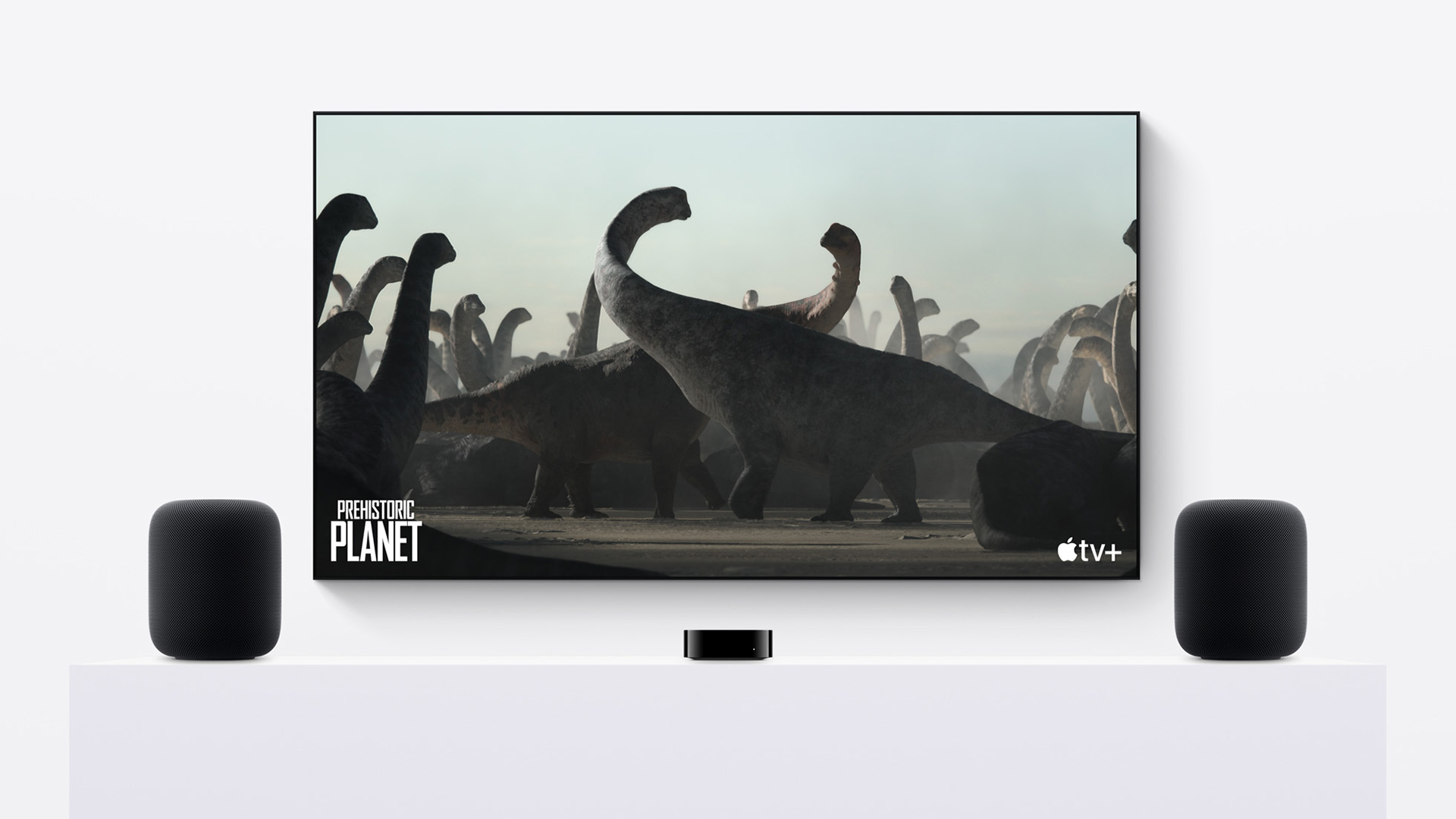

One of the best features introduced in tvOS 17 for the Apple TV 4K doesn't work for me, because my HomePods are a mix of first-generation HomePods and the smaller HomePods mini.
That means I can't benefit from the excellent Enhance Dialogue feature that solves one of the great irritations with streaming TV and movies: the complete inability to hear what anybody on-screen is saying.
For owners of second-generation HomePods the feature has proved to be very useful, so I'm really pleased that Apple is now rolling it out to the rest of the HomePod range.
When tvOS 17.1 drops, which is imminent, the Enhance Dialogue feature will be available to HomePods mini and first-generation HomePods too.
What's so great about Enhance Dialogue?
Finding it hard to hear on-screen speech isn't necessarily a you thing. Sometimes it's a choice by the filmmaker – it's now a running joke online and in film magazines that any film by Christopher "Tenet" Nolan will be unintelligible even when the characters aren't in Bane masks – and sometimes it's because the sound team isn't given much priority.
Another reason is that everything is louder than everything else. That's because today's sound technology enables filmmakers to put much more into their soundtracks.
Because hardly anybody is working with tape any more, filmmakers aren't having to worry about the huge amount of time and effort involved in adding another bunch of tracks. Think of it like the difference between the recordings of The Beatles – four tracks on tape in Abbey Road – and modern acts like Muse, where there are dozens of things going on all the time.
Get all the latest news, reviews, deals and buying guides on gorgeous tech, home and active products from the T3 experts
And for streaming, that audio is sometimes compressed for smoother delivery. That compression can then squeeze everything together to make it less clear.
Enhance Dialogue is designed to address that.
It analyses the audio in real time to identify the frequencies where speech lives, and it then enhances those frequencies and moves them more into the centre channel to make them stand out from the music, sound effects and background business.
Although it's not specifically an accessibility feature, it can be helpful for those of us with damaged hearing, and it's also handy when you've got the volume turned down to avoid conflict with the neighbours and need the voices to get a little boost.
If you're a HomePods or HomePods mini user you shouldn't need to wait too long to get this feature: it's in the final tvOS beta, so it should arrive at the same time as the iOS 17.1 release. That's expected in the next week or so.
Writer, musician and broadcaster Carrie Marshall has been covering technology since 1998 and is particularly interested in how tech can help us live our best lives. Her CV is a who’s who of magazines, newspapers, websites and radio programmes ranging from T3, Techradar and MacFormat to the BBC, Sunday Post and People’s Friend. Carrie has written more than a dozen books, ghost-wrote two more and co-wrote seven more books and a Radio 2 documentary series; her memoir, Carrie Kills A Man, was shortlisted for the British Book Awards. When she’s not scribbling, Carrie is the singer in Glaswegian rock band Unquiet Mind (unquietmindmusic).
